What is the lifecycle of your users or customers?
When I speak with entrepreneurs, often one of the first questions I ask them is about their processes. They tell me parts of their process or provide a high level of their process but when I talk to them again, their process has changed or they’ve missed some parts. About half the time, their process has changed but they wonder why they can never step away from their business or bring on employees.
As an investor, I want the entrepreneurs I work with to have a clear process in how they engage their users or customers. I want to know what their experience is from the time they hear about your company, to the sale, to the last time you engage them. This helps me understand how you, your employees, and customers feel during the lifecycle of a sale. Let’s go a little deeper on this.
There’s 4 stages of a customer’s life cycle. I tried to come up with some catchy acronym but failed miserably. The four stages are 1-connect, 2-acquire, 3-deliver, 4-keep.
Connect
Before you have a customer, you need to be able to connect to potential customers. By doing your research on your target customer or testing your marketing strategy, you will learn more about how your potential customers prefer to be reached. You’ll also learn what kind of messages they want to hear to feel connected to your brand. When completing your business model canvas, one of the areas of focus is Channels. Here are the questions you need to ask yourself.
- Through which channels do your target customers want to be reached.
- How do other companies reach them now?
- Which of those channels work best?
- Which of those channels are most cost-efficient?
- How are you integrating those channels with customer routines? These are routines like email, mail, and social media marketing to make sure you’re staying in front of your customer.
Acquire
Now the customer feels connected to you, you have a better chance of acquiring the customer. Acquisition happens when your customer is compelled to purchase your product or services. Your business model canvas is helpful here as well when you answer questions around Customer Relationships. How do you acquire customers? Which customer relationships have already been established? This gives you footing to kick off customer acquisition process. If you have a B2B company and a following of business decision makers as part of your connections, these can be considered established relationships.
Deliver
Delivery is key and knowing your customer is very much the part of this process. This is a continuation of the customer relationship section of the business model canvas. How your customer expects to work with you and you delivering on that expectation is how you will maintain satisfied customers who will work with you again and refer you more business. Delivery isn’t all about being a task manager and checking the box on every step you take to provide a product or service to your customer, it’s the foundation of the work you do to keep the lifecycle going with current and future customers.
Keep
Early in my entrepreneurial career, keeping my customer was the last thing I thought about. I didn’t think about how to upsell them or keep them engaged in any way. Now I’ve had customers come back to use me again, but never have I taken the effort to influence them to come back. It’s also part of the Customer Relationship section of the business model canvas. It’s good business practice to create a business model that will keep your existing customers engaged so you can continue to sell more products to them or keep them purchasing your subscription model product or service.
There’s a lot to think about when looking at your customer lifecycle but it’s part of the fundamentals to your business. Once you figure out how to connect to, acquire, deliver to, and keep a customer, map it out visually so you have a clear view of the life cycle a customer goes through in your business.
This is all for today. I’m Adrian T. Marable, your host.
Until next time and remember, “The probability of selling to an existing customer is 60 – 70%”

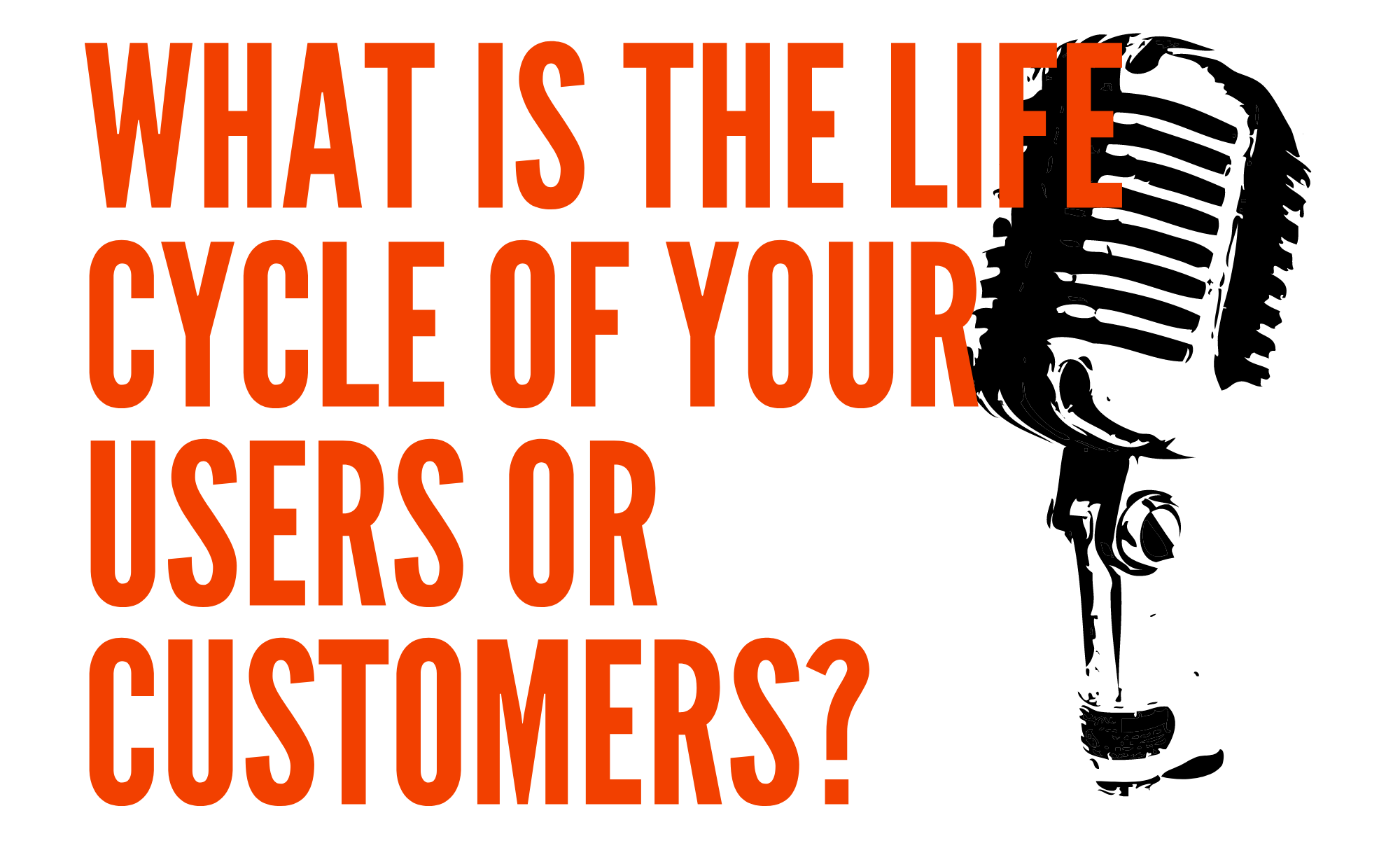
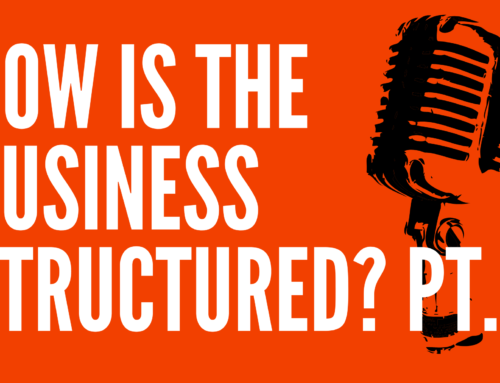
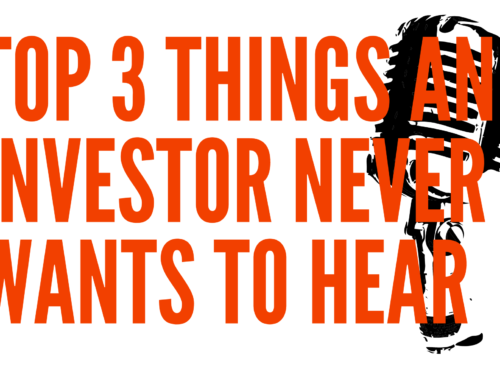
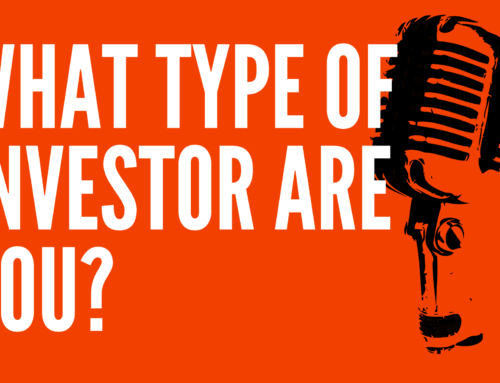
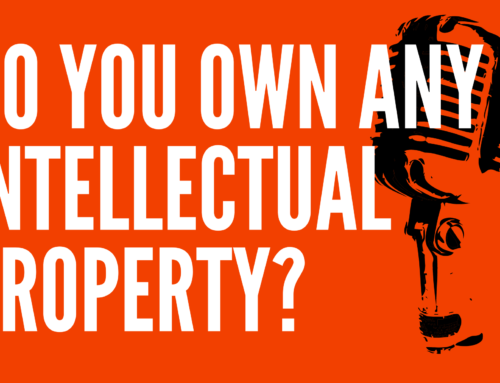
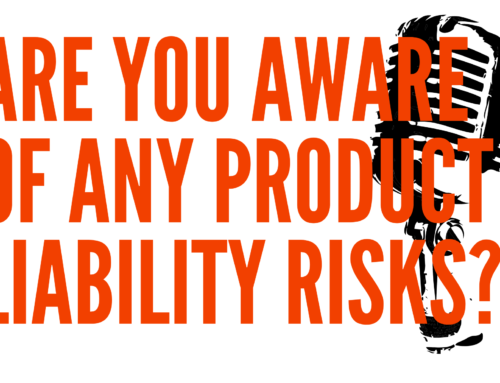

Leave A Comment